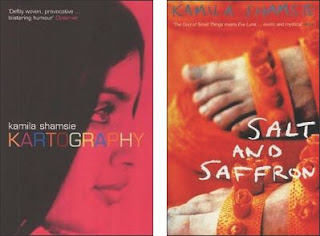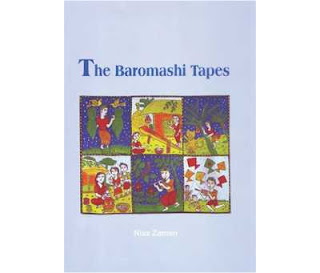
Salt and Saffron; Kartography Kamila Shamsie Kamila Shamsie's second novel Salt and Saffron (2000) is a work on the partition of India in 1947. Dard e Dil, a feudal family suffered during the partition like any other in India and Pakistan. Kamila has brought out the pain, sorrows and love of the triplets Sulaiman, Taimur and Akbar in her writing. Their father, a wealthy land owner thought “bearing the names of great kings would enable his sons to face up to any crisis, but he never paused to think what would have happened if the namesakes Sulaiman the Magnificent, Akbar the Great and Taimur, sometimes called Taimur Lang or Tamburlaine, .... had been born brothers!” In 1938 Taimur disappeared while the boys were being sent to Oxford to get their degrees. He later wrote a letter saying that as they were born the year after the Jalianwalla massacre and “I lack your gift for erasing, nay! Evading history. This is our curse: Akbar and Sulaiman, we are kites that have their strings ...



